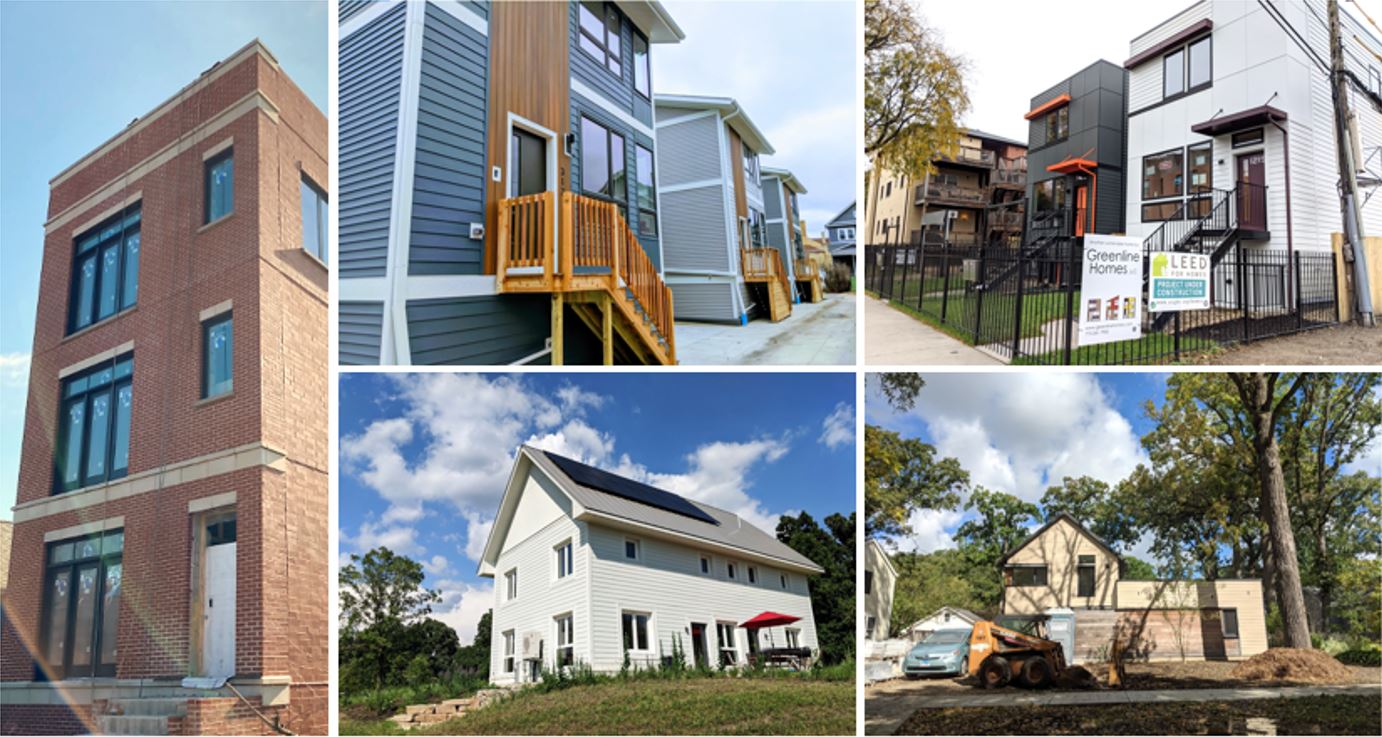 Advances in air-source heat pumps, tight wall assemblies, solar panels, electric vehicles, and smart home technologies present new possibilities for residential construction. Builders of high-performance, all-electric homes can receive $2,000 per home from ComEd Energy Efficiency while selling customers on superior comfort and quality and bundling with rooftop solar to offset the home’s energy use.
Advances in air-source heat pumps, tight wall assemblies, solar panels, electric vehicles, and smart home technologies present new possibilities for residential construction. Builders of high-performance, all-electric homes can receive $2,000 per home from ComEd Energy Efficiency while selling customers on superior comfort and quality and bundling with rooftop solar to offset the home’s energy use.
...
read more